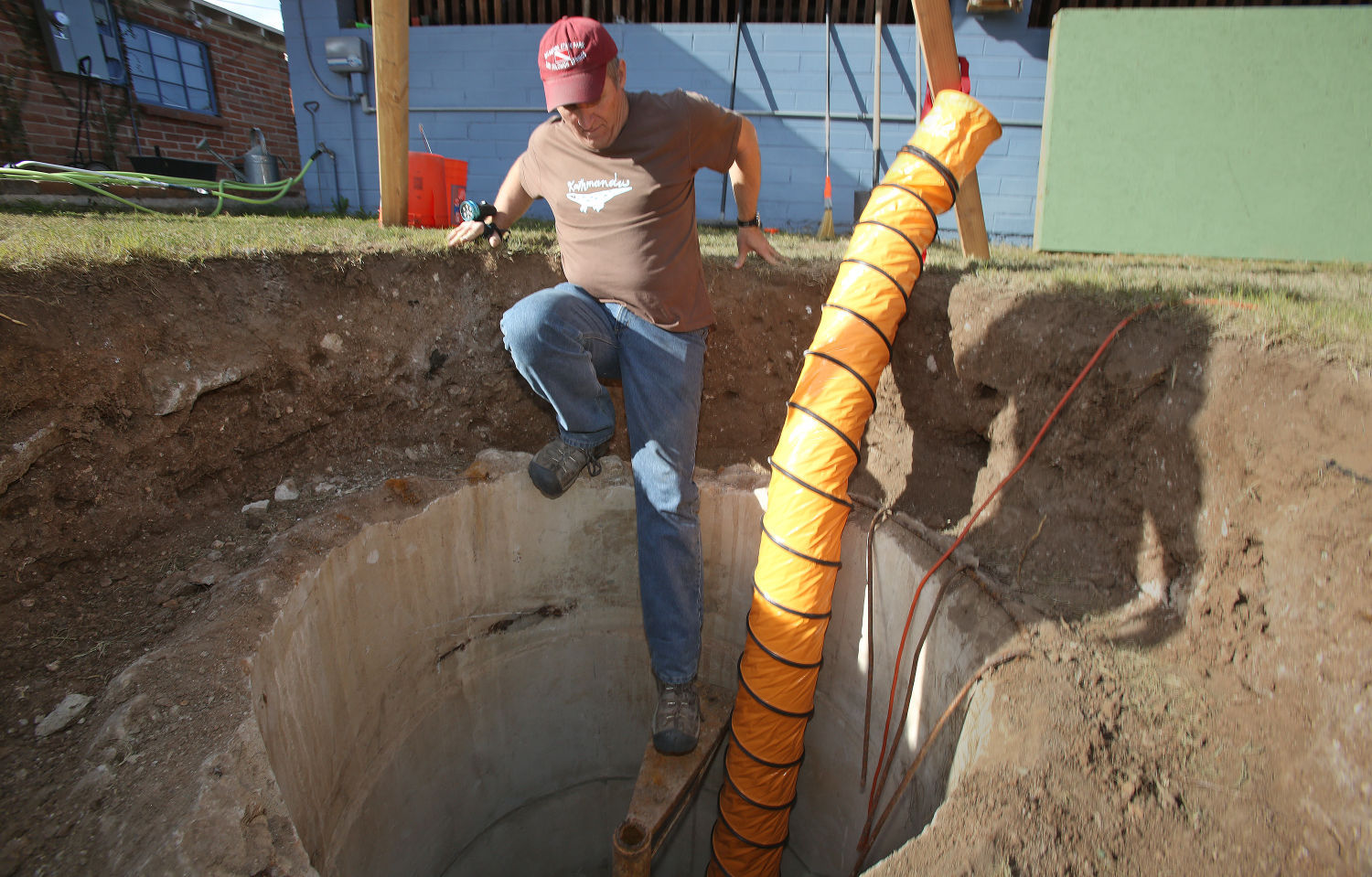

The AEC chose to ignore warnings from its own scientists and outside medical researchers and continued with a “nothing-must-stop-the-tests” rationale.Ītomic testing during its first two years actually received very little attention in Iron County, if the pages of the Iron County Record are an accurate measure. Declassified transcripts released from 1978 to 1980 show that scientists knew as early as 1947 that fission products released by atomic bomb tests could be deadly to humans and animals exposed during and after the tests. There are no southwestern Utah neighborhoods or communities that have not been touched by the tragedy of cancer or birth defects or lingering bitterness over human and financial losses.Ītomic Energy Commission press releases promised that atomic tests would be conducted “with adequate assurances of safety.” Residents of southern Nevada and southern Utah who lived downwind of the tests initially believed what they were told as one historian wrote, “Their faith and trust in their government would not allow them to even consider the possibility that the government would ever endanger their health.” However, their experiences during and since the 1950s have convinced them of just the opposite-there was no safety for either people or livestock from atmospheric nuclear testing and the AEC knew it. Residents live with every day what the cloud left behind that the eye could not see. Relatively few Iron County residents were aware of or concerned about nuclear testing when the first mushroom-shaped cloud rose into the western skies and drifted to the northeast in 1951, but the cloud figuratively remains over southern Utah and Nevada to this day. On 27 January 1951, a one-kiloton bomb dropped from an airplane and detonated over Frenchman Flat marked the beginning of atmospheric nuclear testing in Nevada. A Nevada site north of Las Vegas was chosen because of its safety features, which included low population density, favorable meteorological conditions (a prevailing easterly wind blowing away from the populous west coast), and good geographical features-that is, hundreds of miles of flat, government-controlled land. Conflict in Korea justified a less-expensive continental testing site in order to maintain U.S.

War in Asia caused the United States to reconsider testing nuclear weapons in the Pacific Ocean and to look for a continental test site.


 0 kommentar(er)
0 kommentar(er)
